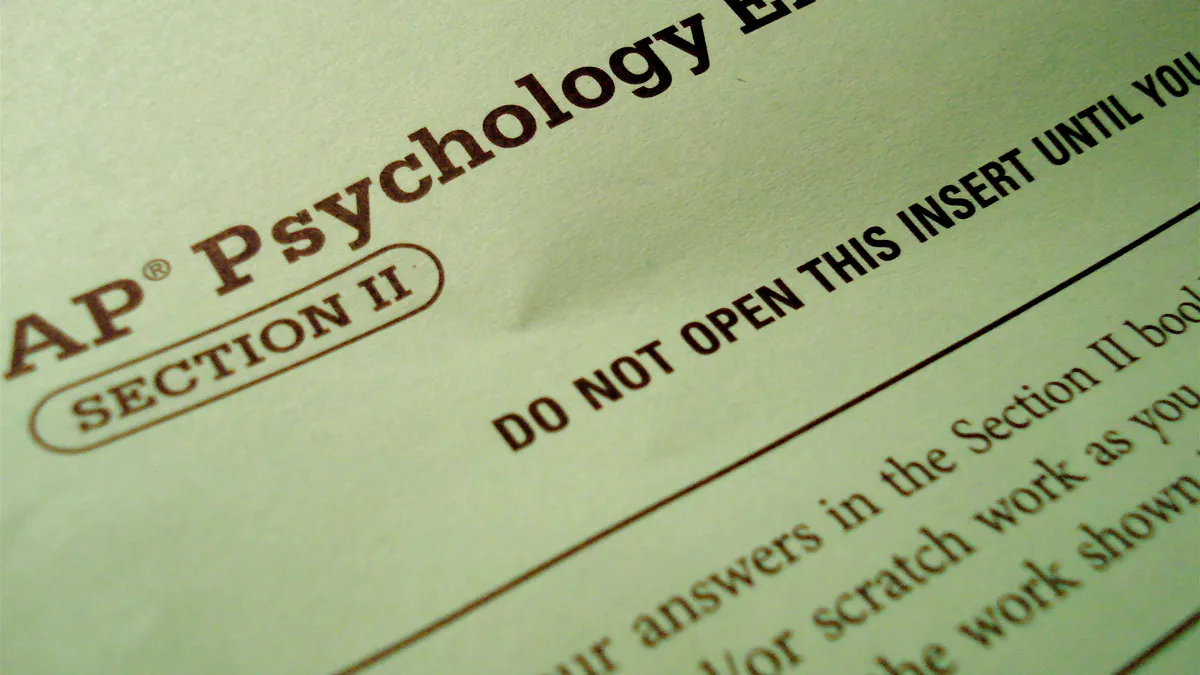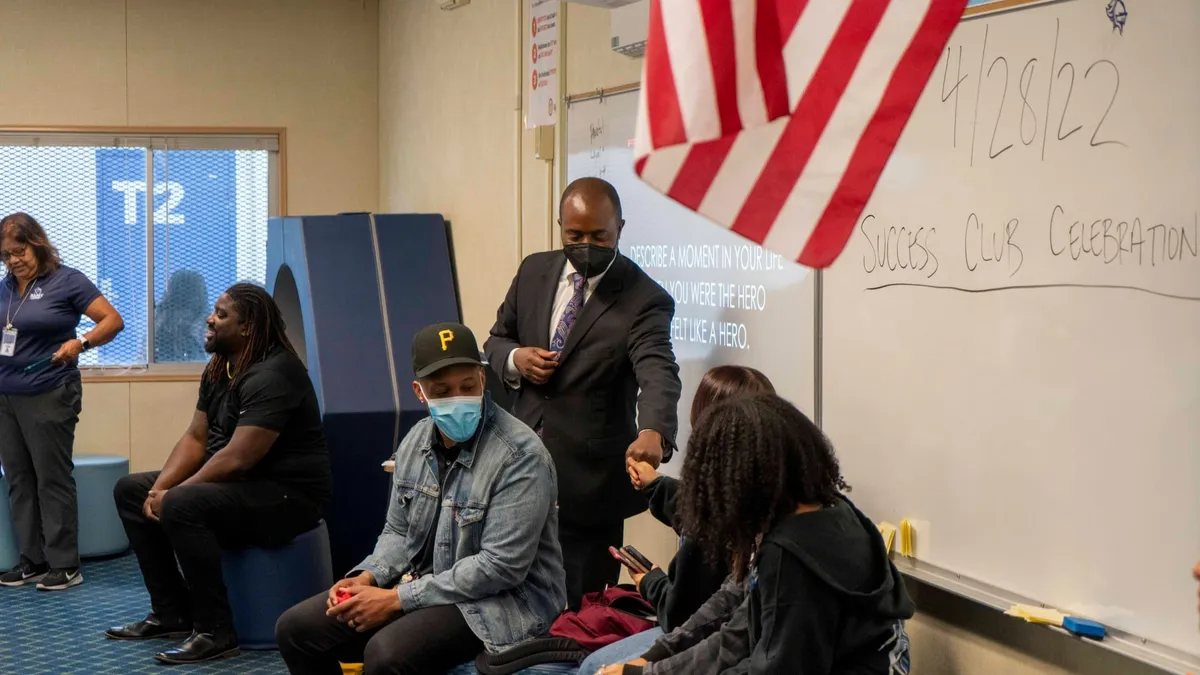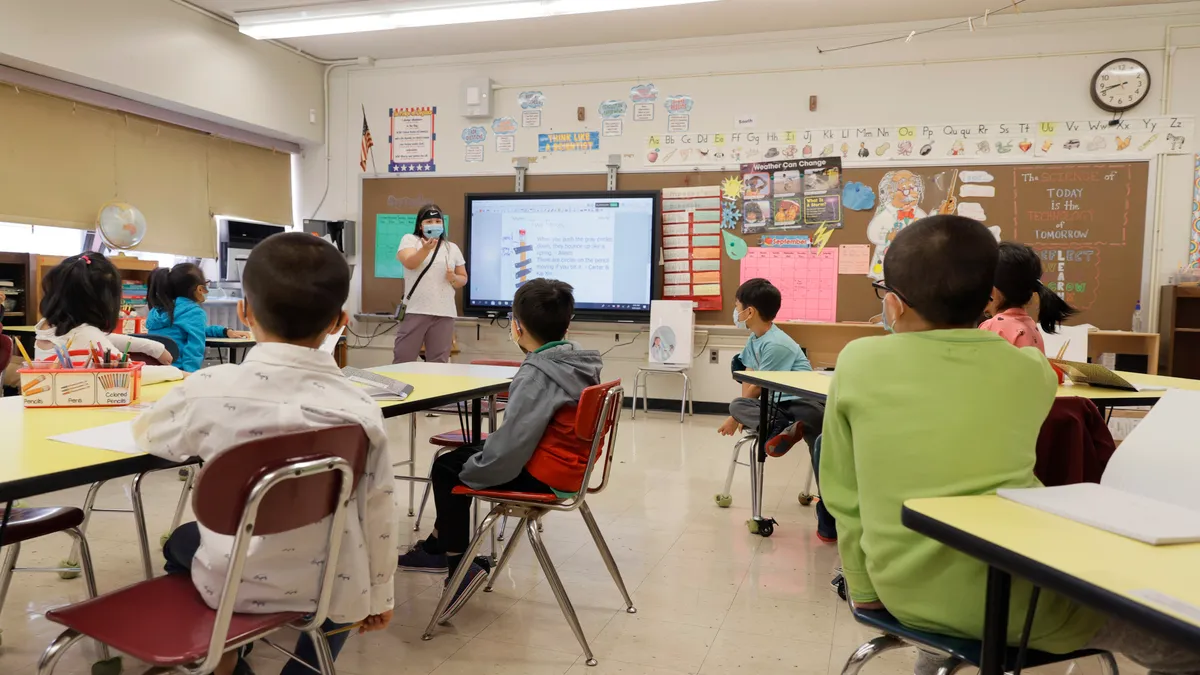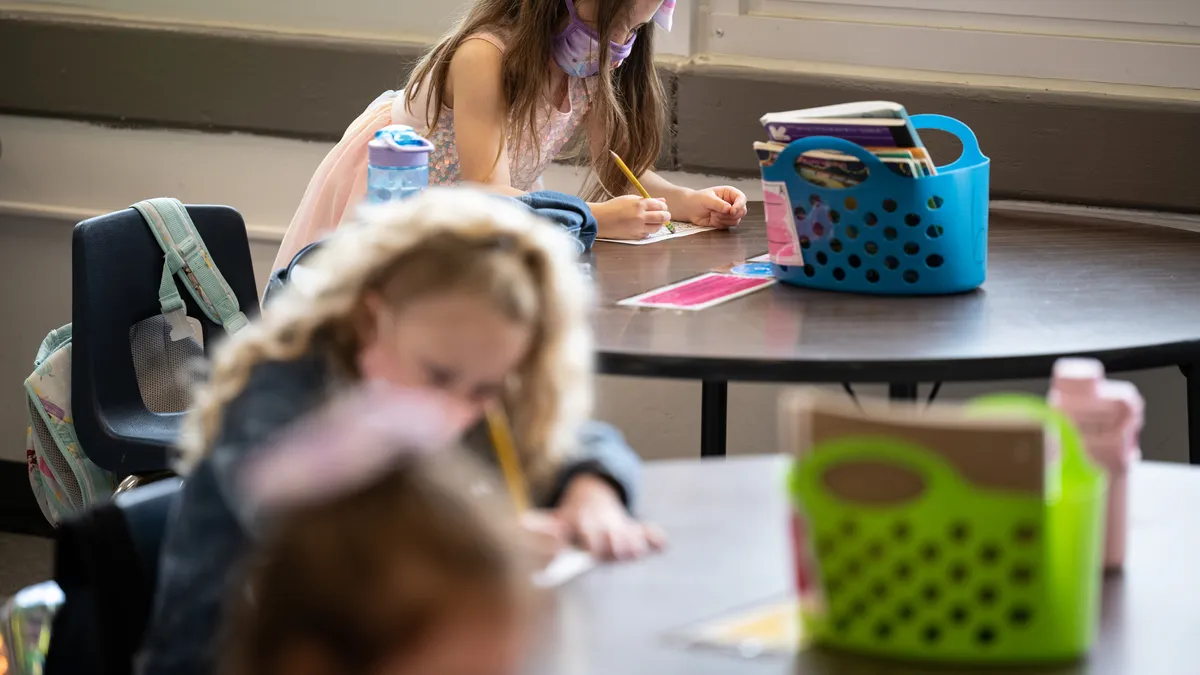Former Vice President Joe Biden’s education platform is similar to those of other candidates he’s faced in his race toward the Democratic nomination for president — triple funding for Title I, increase teacher leadership, add more school psychologists, social workers and nurses and address aging school facilities.
But if the Democratic front-runner wins the nomination and defeats President Donald Trump in November, there’s another issue that would likely get attention: the education and well-being of military-connected students.
Jill Biden, a longtime community college professor, made children from military families a focus during the eight-year Obama administration. She spoke frequently about wanting schools to provide more support for children during parental deployments and to improve research into the academic and social-emotional challenges facing those students.
As a grandmother of a military-connected child, she shared personal stories. And along with former first lady Michelle Obama, she led Joining Forces, which she is pledging to revive if her husband wins the White House. In partnership with the Military Child Education Coalition and the American Association of Colleges for Teachers Education, the initiative included Operation Educate the Educators — a campaign to get schools to incorporate knowledge of military-connected students into their teacher preparation programs.
“The White House has always been very supportive of military families, but she really focused on the kids,” said Ron Astor, an education and public affairs professor at the University of California, Los Angeles. “She understood the importance of schools and the experiences of military kids going from place to place and worrying about their parents.”
Astor worked with Jill Biden on these issues while at the University of Southern California, where he ran a federally funded grant program focusing on training school social workers to work in military-connected schools, improving school climate and using data to plan programs and services related to transition and mental health.
She also understood, he said, “the minutia” and the differences between the experiences of students that attend base schools operated by the Department of Defense Education Activity and the fact that roughly 80% of school-age children in military families attend regular public schools.
“These kids are in a civilian society that doesn’t understand them while we’re at war,” he said.
'The data is key'
Research has shown that a parent's deployment is associated with higher rates of depression, anxiety and aggressive behavior in children. Analyzing data from the California Healthy Kids Survey, Astor's research team also found that children of active duty service members were more likely than nonmilitary-connected peers to carry weapons to school, to drink alcohol or use other substances, and to be victims of bullying (including being hit, kicked or pushed).
In 2016, Jill Biden spoke to members of the American Educational Research Association and hosted a White House conference on the issue. She highlighted the new requirement under the Every Student Succeeds Act that state accountability systems include a military student identifier in order to track achievement and other outcomes among students who have a parent or parents on active duty.
“The data is key to tailoring programs for military-connected kids, many of whom come to school with varied educational experiences resulting from multiple moves,” Jim Cowen, executive director of the Collaborative for Student Success, wrote in an op-ed last week.
But at this point, 30 of the 50 states, plus the District of Columbia, are including military-connected children as a separate subgroup on their state report cards based on the Data Quality Campaign’s review and the Collaborative’s ongoing monitoring of the issue.
"Across the states, there is an inconsistent compliance with the implementation and reporting of the military subgroup using the military student identifier," said Jack Ballantyne, senior vice president and chief operating officer of the Military Child Education Coalition (MCEC).
Astor noted that collecting the data is just the first part. “Just because the state collects the data or mandates that schools look at the data doesn’t mean anybody’s doing anything with that unless someone is championing it,” he said.
The data, he added, is also important for collecting Impact Aid, which provides funding for public schools in which federally connected students, including military children and those on Native American reservations, make up to 3% of the enrollment or at least 400 students.
Cowen wrote that children whose parents are members of the military reserves and the National Guard should also be included in those counts for ESSA because they face similar issues. Since the war following the 2001 terrorist attacks began, members of the Guard and reserves had longer deployments than in previous conflicts, but their families often don’t receive the same services.
And Astor argued that schools should know how many children of veterans who have served in Iraq and Afghanistan over the past 18 years are in their schools so they can provide support for families struggling with ongoing issues related to reintegration. He said schools should recognize military culture in order make children feel more connected and to educate their civilian peers on the contributions of the military.
MCEC also wants to learn more about how schools serve military-connected students and is running a survey on its website. "We need to hear from education professionals who work with military-connected students," Ballantyne said.
Trump recommends aid cut
Karen Pence, wife of Vice President Mike Pence and whose son is in the Marines, has focused on issues relevant to military spouses. And she and first lady Melania Trump visited Fort Bragg in North Carolina last year to recognize the DoD’s Month of the Military Child.
But the Trump administration is recommending cuts to the federal Impact Aid program. The budget proposal for fiscal year 2021 would eliminate the part of the program that offsets the loss in property tax funding for schools located on military installations and other federally owned land.
“Most districts that receive these payments have been funded for 40 years or more — sufficient time to adjust to the removal of federal property from their tax rolls,” according to the budget document, noting that the cut of $75.3 million wouldn’t affect the basic payments that schools receive for other services, including staff, after-school programs, tutoring, transportation and enrichment programs.
But the National Association of Federally Impacted Schools (NAFIS), which represents more than 1,200 districts, views the cut as a decrease because it would affect what districts are spending on personnel, instructional materials, technology and other areas.
“Students attending federally impacted schools should not be disadvantaged in their learning opportunities because of the presence of non-taxable federal property in their school district,” NAFIS Executive Director Hilary Goldmann said in a statement. “We should continue to prioritize students in these districts and ensure they have the opportunity to learn and thrive.”
In addition to calling for the administration to maintain the funding for property, the organization is asking for a $2 million increase in “basic support.”




















